What is Siphoning in Canning?
This page may contain affiliate links. More Information.
I have been asked questions about this topic numerous times. Siphoning in canning is common and can be frustrating. Sometimes liquid is lost during processing. It happens to the best of us…even me! And sometimes, it drives me crazy!
Siphoning in canning is when liquid is lost in the jars through the processing step. You may notice this lower liquid level immediately when you remove the jars from the canner or it may show up after the jars have cooled.
First, let me say that as long as the siphoning is not extreme, the food is fine. Extreme can be defined as more than half the liquid was lost out of the jars.
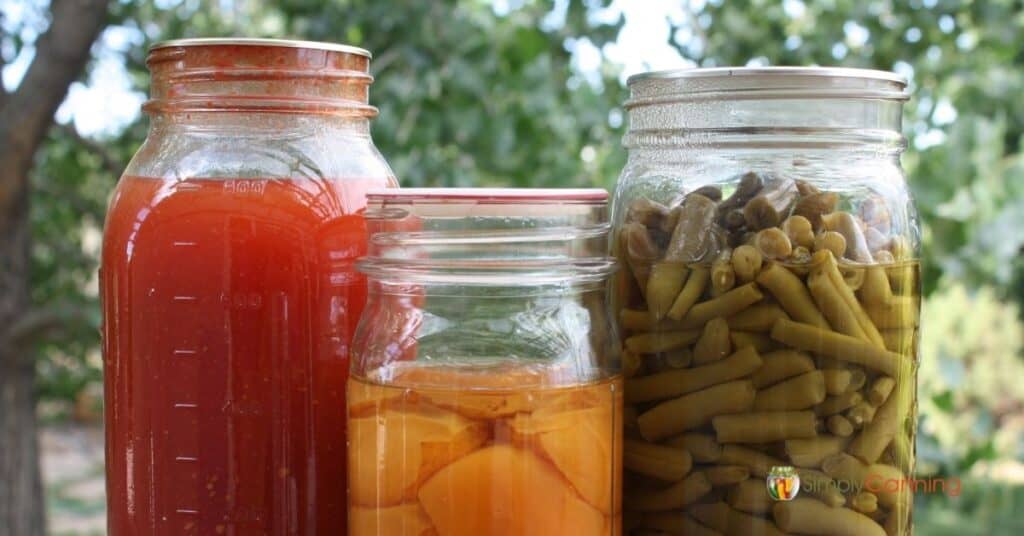
Why is this liquid loss happening?!
When is the Liquid Loss Too Much? Is My Food Safe?
Yes. If you have used safe canning recipes and followed directions. You just need to store and use it differently depending on that siphoning affect.
- If you have jars that have experienced extreme liquid loss (more than half the liquid is gone) put those jars in the fridge and plan on using them soon.
- If the liquid is lower than you like, but not extreme, place them in the front of the pantry so they get used first.
In either case. You can still use your food. You just might need to use it within a few days.
Personally, if it is close to half the jar siphoned. I’ll go ahead and store it in the fridge and use it soon.
Sometimes food above the liquid mark may darken. (I have not had that happen to mine.)
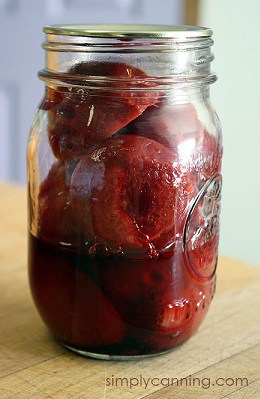
Possible Reasons for Siphoning
Here are a few possible reasons why canning jars may have siphoned.
- Incorrect headspace: If the headspace in your canning jars was incorrect, this could be a reason for siphoning.
- Air bubbles: If you didn’t remove air bubbles before putting on the lids, this could also cause siphoning.
- Soaked beans: Foods like dried beans may have absorbed all the water. Beans should be partially cooked prior to canning.
- Loose screw bands: If the screw band wasn’t tightened enough, the lid may not have sealed properly and siphoning could have occurred. Make sure the lid is snug, but not overly tightened.
Most Common Reasons for Liquid Loss in Home Canning.
There are three more causes that stand out as being most likely.
- Cool Down Time – You cooled your canner or jars too quickly from the canner after processing.
- Pressure Fluctuation – You allowed pressure to fluctuate in your canner during processing.
- Raw Pack Recipes – You are raw packing food. (That is not bad if the recipe calls for it, but it can make liquid loss more likely).
Cool Down Time Can Impact Liquid Loss.
The most common cause I’ve found for liquid loss in home canning is hurrying the cooling-down process or removing your jars too quickly.
That cool down time needs to be a natural release of pressure and heat.
You don’t want to hurry those temperature changes along. Don’t delay either… but don’t rush. Liquid loss is more common in pressure canning but does happen occasionally with a water bath.
Here is what to do with both pressure canning and water bath canning to avoid that loss of liquid.
How to Manage Cool Down Time Using a Pressure Canner:
Always allow the pressure canner to cool and reduce pressure to zero naturally. Do not speed up the cooling process with cold water, cool rags laid on the lid, fans or any other method.
- Just leave the canner sit at room temperature and cool.
- When it has come to zero pressure, remove the weights.
- Wait 5-10 minutes.
- Then take the lid off the canner.
- Let the jars rest for 5 minutes or so in the open canner before removing them.
It’s important for both the canner and jars to cool off at the same rate, to ensure equal pressure reduction. If the canner is cooled too quickly, the pressure inside the jars will decrease more slowly, causing there to be more pressure inside the jar than outside. This can cause the contents of the jar to swell and push out any liquid.
Full step by step instructions on how to use a pressure canner can be found here.
How to Manage Cool Down Time Using a Water Bath Canner.
The same basic principle applies with a water bath.
- Once the processing time is finished, turn off the heat and remove the canner lid.
- After about 5 minutes, lift the jar rack so the jars are above the water. (this is assuming your canner has this style of rack)
- Allow the jars to rest for another 5 minutes on the rack above the hot water
- Remove them to the counter to cool.
There have been occasions where jars are still rapidly boiling and liquid is actually seeping out when you lift them out of the water. If this happens put them back in and wait a couple more minutes before trying again.
Bubbling is normal, but when it is is so hard that you can actually see liquid seeping out, that is too much.
Full step by step instructions on how to use a water bath canner can be found here.
Important Note – This gradual cool down does NOT mean you can leave your jars in the canner overnight or even for several hours. You do still want to get them out in a reasonable time. Just don’t rush it.
Fluctuating Pressure Can Cause Liquid Loss
Allowing pressure to fluctuate in a pressure canner can be a problem. When pressure canning, you don’t want your pressure to rise higher than required. If your pressure is too high, you’re more likely to experience liquid loss.
You also want to do your best to keep the pressure steady. Try not to allow it to fluctuate up and down during processing. That up and down pressure is likely to cause liquid loss.
And remember…if the pressure dips below your recommended pressure, you’ll have to start your time over again. No one wants to do that!
Your recipe should have the information on the pressure recommendations for your elevation. More information on adapting recipes according to you altitude can be found here.
Raw Packed Food Can Result in Siphoning in Canning
Many foods are perfectly safe for raw packing. So raw packing in itself is not bad. Raw food naturally has more air it in, and that can affect the liquid levels. Raw packed food may sometimes float as well.
Important Note – Remember, raw pack does not mean don’t process in a canner. It just means not pre-cooking your food before you pack it in the jar. More on what canning terms mean
For many foods, raw pack, or hot pack are both acceptable options.
Often canning recipes give both options but recommend the hot pack because it will have a better end quality.
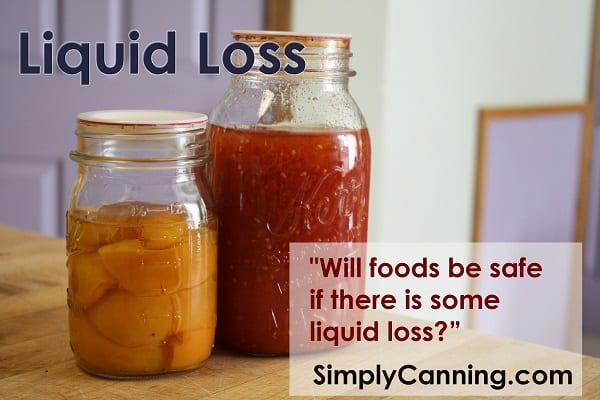
A Note About All American Pressure Canners Gauge Readings.
One thing I have noticed when I use my All American pressure canner is that the gauge will sometimes read zero, but when I pull the weight off the pipe, steam escapes. I can tell that there is still pressure inside the canner.
If that happens to you, put that weight back on immediately and give the canner more time to cool down. It can be frustrating, because that gauge reads zero, but the pressure steaming out indicates it is not zero!
So especially with an All American, have patience! Don’t rush the canner.
I mention this in my review/comparison of the two most popular pressure canner brands here.
So is the Food Still Safe?
It sure is!
Quote from the National Center for Home Food Preservation.

So even though liquid loss in home canning is certainly a bummer, and your jars are not nearly as pretty when that happens, remember your food will be fine. If liquid loss is excessive (halfway or lower), go ahead and put it in the fridge. And those with milder liquid loss, place in the front of your cupboards, so they get used first.
Liquid Loss in Home Canning Tips & FAQs
This is likely a case of siphoning. If it is half the jar liquid lost, put it in the refrigerator. If it is less than half the jar liquid lost, put it towards the front of the pantry so you’ll use it up.
It is not safe to under fill a canning jar.This is a different scenario than the liquid loss this article explains. Siphoning is when you filled to the proper headspace but have too much headspace coming out of the canner.
You do not want to intentionally leave more headspace than the recipe indicates.
Concerned about botulism? Thankfully, it’s very easy to avoid! Learn how on this page.
What about canning safety overkill, anyway? Well, food can be spoiled even without mold.
Here’s a tip for serving home canned foods safely! Boiling low-acid foods prior to eating them – not during the processing. Let’s clear a few things up.
Pin This to Find Later!
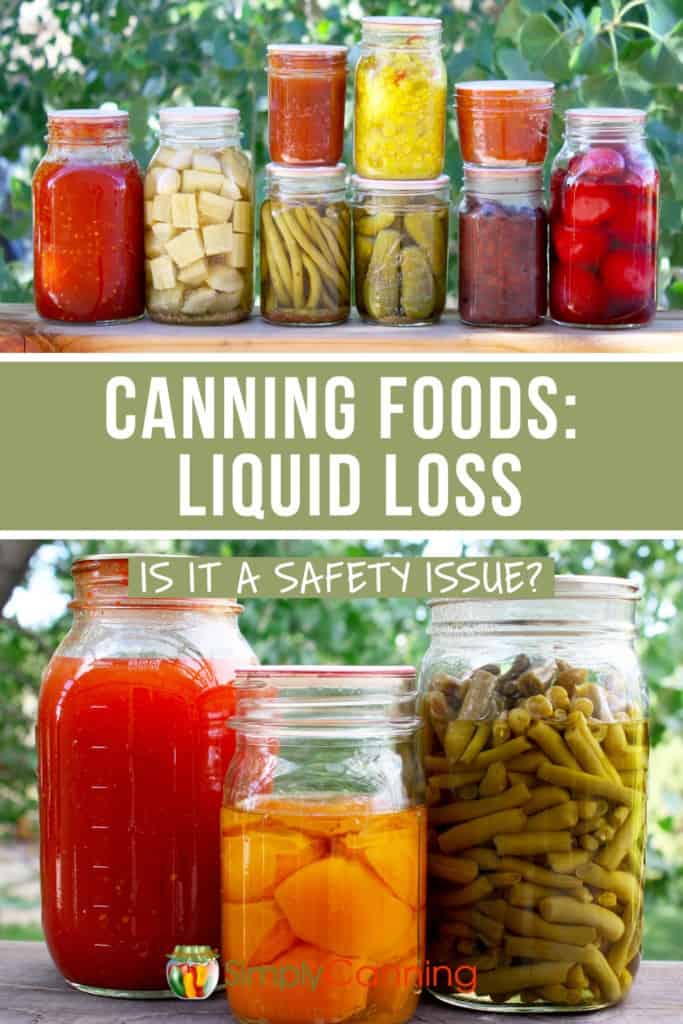
Source: https://extension.psu.edu/why-is-liquid-lost-during-canning


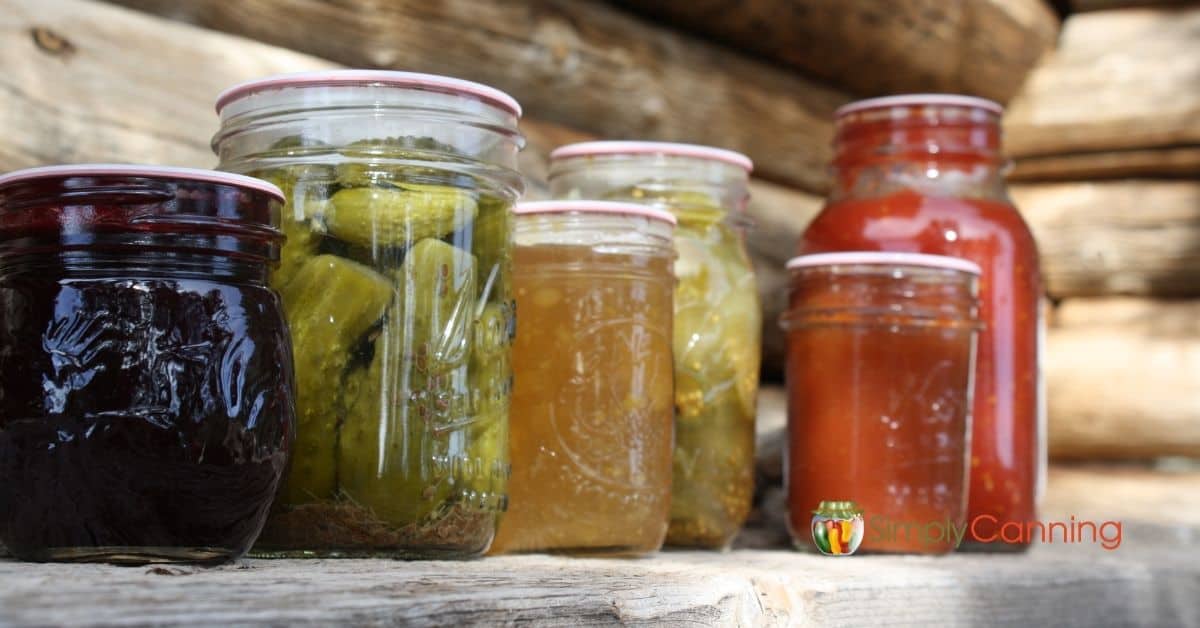
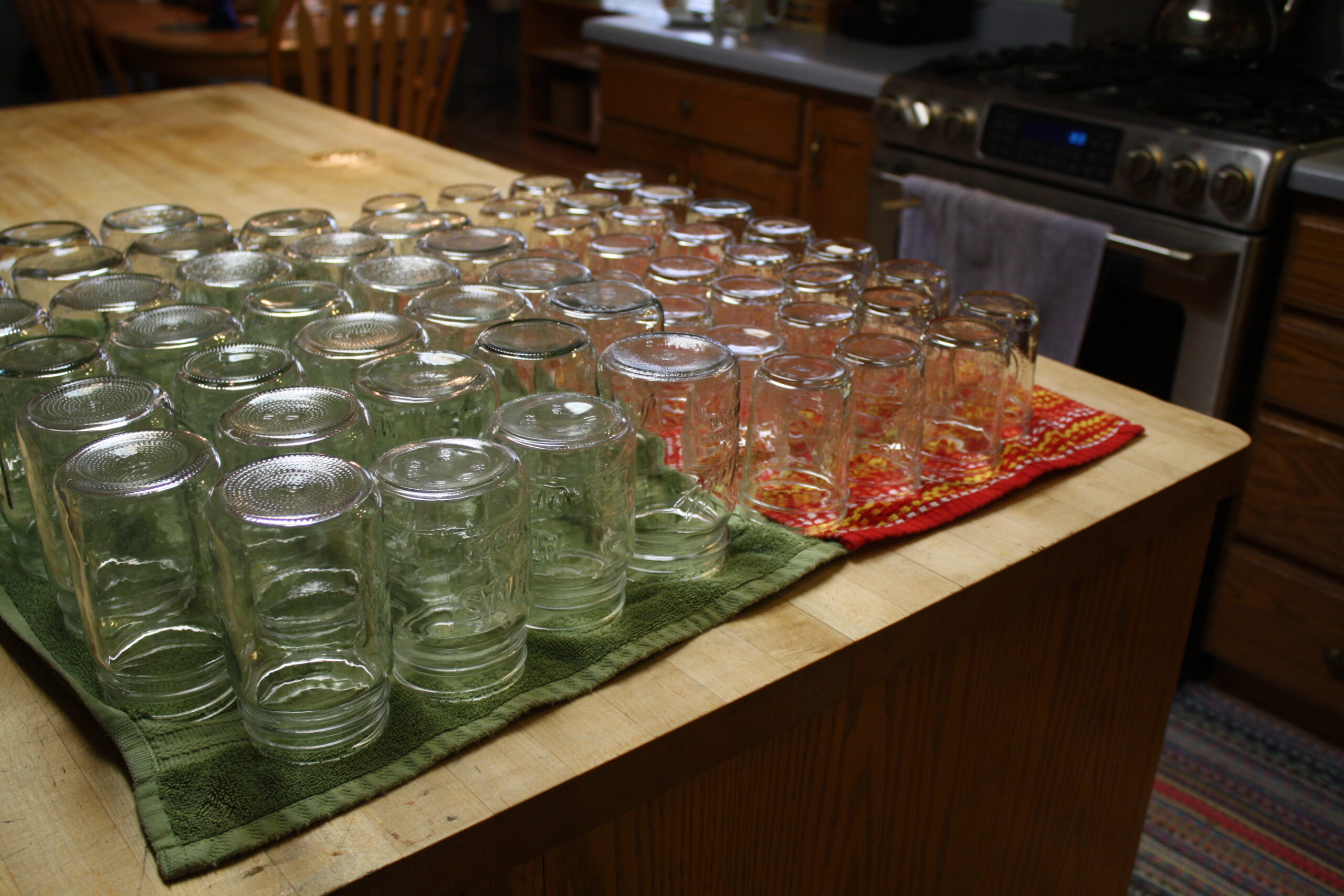
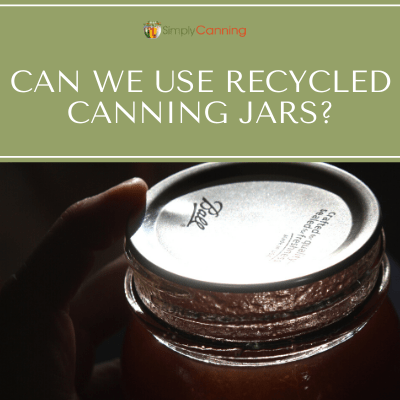
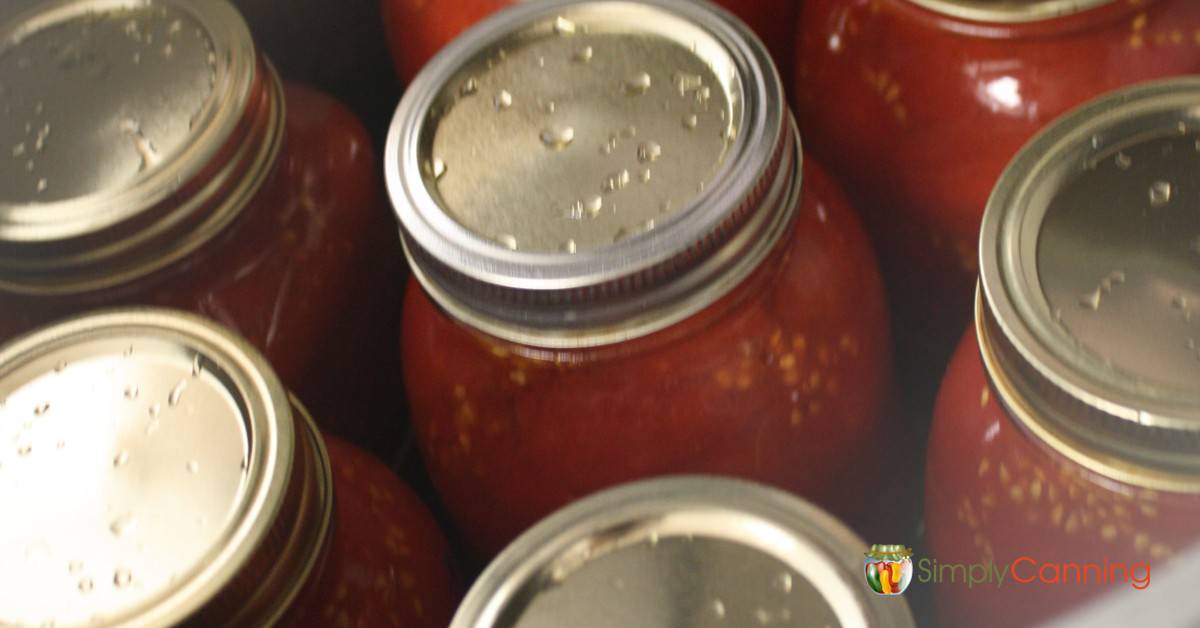
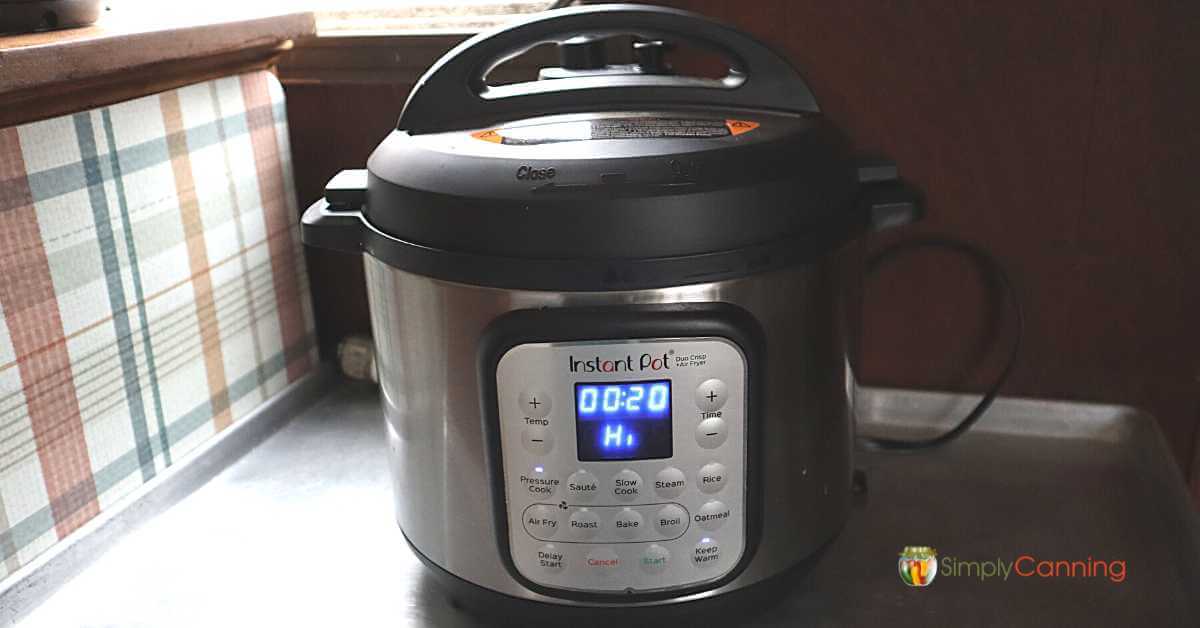
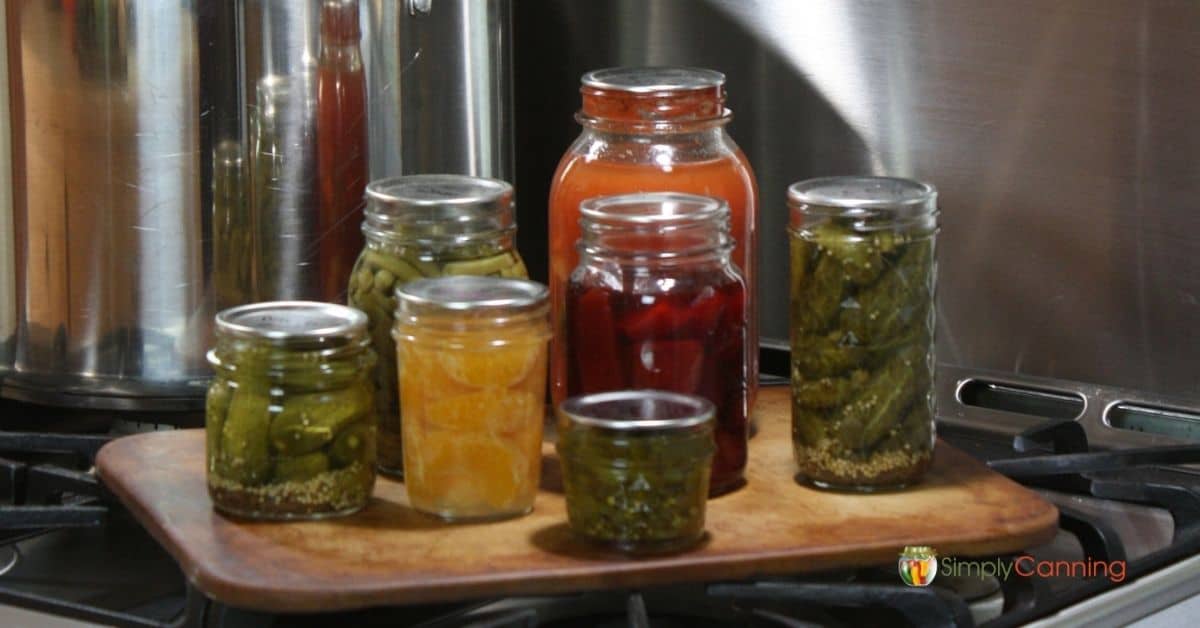
I just finished processing green beans and beets in a pressure canner. Got along fine with the green beans………no liquid loss. The beets were another story, had 1-2 inches of liquid loss in several jars. I am about 800 ft. above sea level. Had some jar lids buckle in my first batch of beets, so I didn’t tighten the lids as tight on the 2nd batch, but then they siphoned. Hard to tell exactly how tight the lids should be.
It is kind of a fine line between too tight and not tight enough. Buckling indicates too tight. Siphoning might indicate not tight enough… but not always.
I have always enjoyed reading your posts and the information that you share related to food preservation! Thank you for your work and dedication to helping all of us become better informed about the “ins and outs of preserving” !
Oh goodness Ann, Thank you. That means a lot and is encouraging. 🙂
I usually don’t but I have been canning quarts of greens and I have had a lot of liquid loss. It is frustrating as they need to pressure so long. I do live at a higher elevation. Usually, liquid loss is minimal as in your video. I have been canning for years.
Followed your instructions and let the canner naturally decompress and it 100% worked! The first batch (where I rushed the decompress) is lucky to have half it’s liquid left, the second (where I followed your instructions) are still completely full! ❤️❤️❤️
Thanks for all the excellent advice! I’ve had issues with liquid loss, too. I have a gas stove, but not all the burners go low enough to keep my gauge at 11 lbs. The one that does is temperamental. So, my questions are: Is processing at a higher pressure bad? Will it result in just possible liquid loss and overcooking? I saw in a previous answer that we shouldn’t leave the cans in the pressure cooker overnight to cool down. Why? Can you turn the jars upside down to redistribute the liquid for a few days or on a rotation… Read more »
Processing at a higher pressure is only bad in that it might affect your food quality depending on what you are processing. It would not be considered unsafe. Leaving your jars in the pressure canner overnight can cause ‘flat sour’. This is an undesirable flavor, sort of sour or like vinegar. Apparently it is harmless but it is definitely not appealing. Don’t turn your jars upside down while they are still hot. You can gently turn to distribute liquid after that if you’d like. Don’t store them upside down though. And keep in mind that the liquid is just going… Read more »
I just pressure canned potatoes and live at 4000 ft elevation. I canned at 15 psi for 40 minutes. I left a 1 inch headspace and lost 1 1/2 to 2 inches of headspace. Maybe you have a really good theory. Thanks for your great info.
If you lost a lot of liquid when pressure canning potatoes, but it sealed, is it okay to put in fridge to use?
Yes as long as you noticed it right way. When you are prepping the jars to put them away just put any with severe liquid loss in the refrigerator.
Hi, I have been canning for many years but always used a water bath canner. My kids bought me the All American Pressure Canner as I wanted to try Baked beans, stews etc. I finally did the baked beans and followed all directions, 2 to 3 inches of water, I let it vent at a steady stream for ten minutes, popped my 10lb weight on for my area and the gage was steady at 240 to 243 the whole time. I let it go for 75 mins like the recipe called for and let it cool down before removing my… Read more »
Yes that is normal. As long as you know that you followed proper directions and the lid is sealed, it should be fine. Good job!
How about excess loss of liquid IN the canner? It was taking so long to come up to pressure I finally checked and the little rubber plug hadn’t popped up all the way. Tapped it with a butter knife and it popped up and everything proceeded as normal. BUT when it was all done and I took the jars out I found I had lost at least half the water in the canner. Thankfully all the jars are fine but will the food be safe? That is my big question. I have 2 canners, both going at the same time… Read more »
As long as the canner did not run dry it should be fine. Glad you caught it and figured out what to do. I assume you still processed for the full length of time as the issue with the plug was prior to processing time.
I would have a problem with liquid loss with my pressure canner and I found out that I was removing my weight when my time was up. Now I leave it on until the pot is cold.
Keith, leaving the weight on long enough is important. Make sure your canner is completely down to zero pressure then wait another 5-10 minutes or so. I would not wait until the canner is completely cold though. It will still be hot. You need to get the jars cooled in a reasonable time period and if you leave it all sealed up it will take too long.
First time ever I had liquid loss! Processed in a water bath for 20 minutes 4 quarts of fermented pickles (these were large pickling cukes jammed into the jars and fully covered with hot brine to 1/2 headroom). Came down this morning and each jar lost about a third of the liquid! Totally shocked as I’ve never had this happen. I live on the northeast seacoast-low elevation. Mystery.
Thanks a million Sharon you’re the best you saved the day I got my answers to all my boo-boos God bles s you .
.
I canned beef and white tomatoes. The recipe said to pack the raw beef in jars without water. I cold packed the tomatoes as well. When the jars cooled there was about 2″ of head space in the jars. The instructions said to cook at 11 Lbs and I actually did 15 lbs just because my flame would go any lower. Are these safe to eat?
Hi, Linda!
I’m sorry – I don’t think I quite follow your question. Is the beef canned with tomatoes? Or are they separate jars?
As long as you followed a tested recipe with the proper processing times for your elevation, it should be fine. (It is underprocessing that would be a biggest concern, not overprocessing.) The overprocessing is probably what caused the liquid loss, however. As long as it isn’t extreme, it should be okay: https://www.simplycanning.com/liquid-loss-in-home-canning/
-Rachel (Sharon’s assistant)
Hi There: Last year some of my dills after 20 minute water bath siphoned 1/3 of the water from jars. They were still alright. My question is how long after you have put jars away will you notice a loss of brine from your jars – hours, week, month, etc? Thank you.
If it’s liquid loss, it will be fairly obvious when you pull them from the canner and they cool down. (Sometimes the contents might settle a bit more as the jar cools and rest on the counter, but the liquid loss itself should be apparent almost immediately.) Hope this helps!
-Rachel (Sharon’s assistant)
Thank you Rachel. I only noticed the loss on the pantry shelf this spring, not when they were labelled and put away. I’m learning to tighten the jars just a bit more than firm as this may lead to the loss plus, letting them sit in the canner and really de-bubbling them well. Deb
I actually left the water out of my green beans 0 water in them and pressure cooked them for 15 minutes and then realized what I had done are they safe to eat
Hi, Joe! I think this page would help you: https://www.simplycanning.com/canning-mistakes/ But no, they will need to be reprocessed using water and the full process over again, or you could freeze/refrigerate for use instead of canning (since they might not hold up well to another round of processing).
-Rachel (Sharon’s assistant)
I found your site in an old bookmark section. Guess that means I found you again LOL. So much has changed for me in the last year. Last year canning lids disappeared. So I stopped throwing away mine when I opened a jar. I learned how to slowly open the jar and tap the dimple on the lid edge back in place. Used these lids this year. Every one sealed and so far every one has remained sealed. Last fall Hurricane Zeta took out our power for seven days. Since I had filled all extra space in the freezer with… Read more »
Hi Lula, sounds like you are making great progress. 2 things you describe are things I would not do. Reusing your lids is not a good idea. It may have worked great for you but the risk of a failed seal are much higher. More about reusing lids here… You should consider lids that are made to be reused over and over again. Reuseable canning lids… Canning potatoes with the skins on isn’t really a good idea either. There will be a much higher bacteria load on those skins even if you scrub and scrub… You may have already seen… Read more »
Thank you so much for the information on water loss when canning. I have a pressure cooker, and have canned many different things. This year we are canning green beans right now. My husband is helping more than usual and is very concerned about liquid loss. Since I’ve done this for many years, and usually open the jars while he’s elsewhere, he’s never noticed that some jars lack liquid all the way to the top. I’ve assured him over and over that this not a problem. I needed an expert (guess I’m not, after all these years) to reassure him.… Read more »